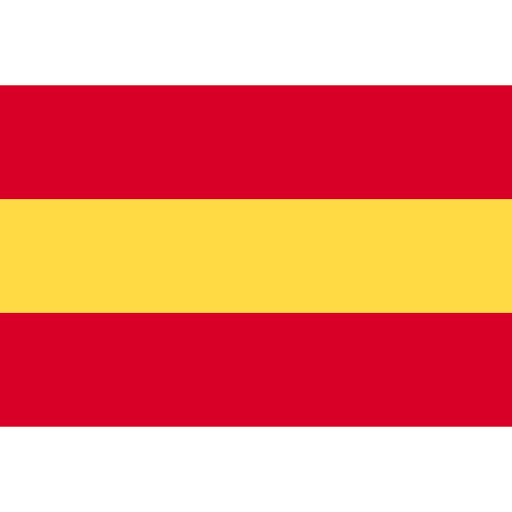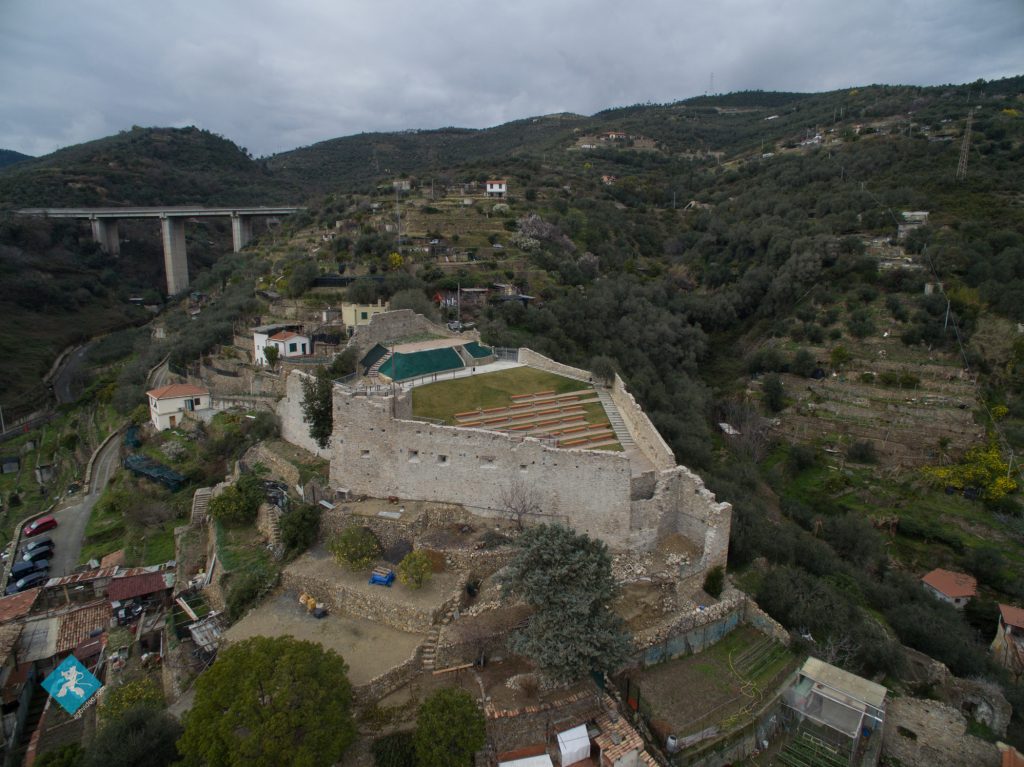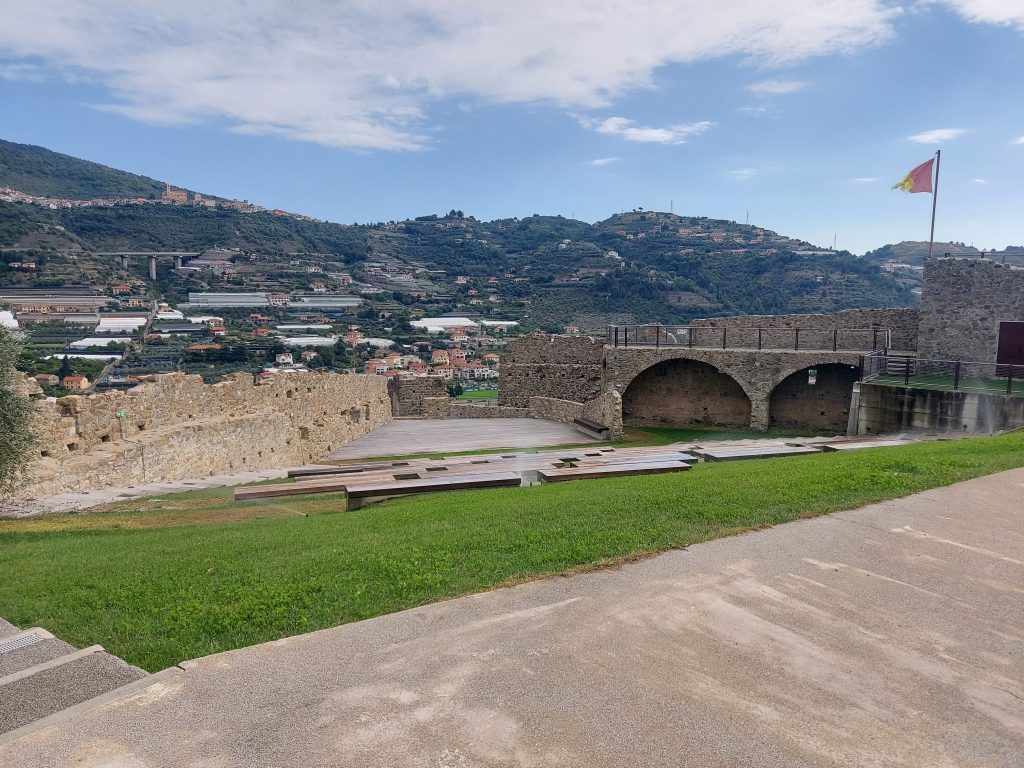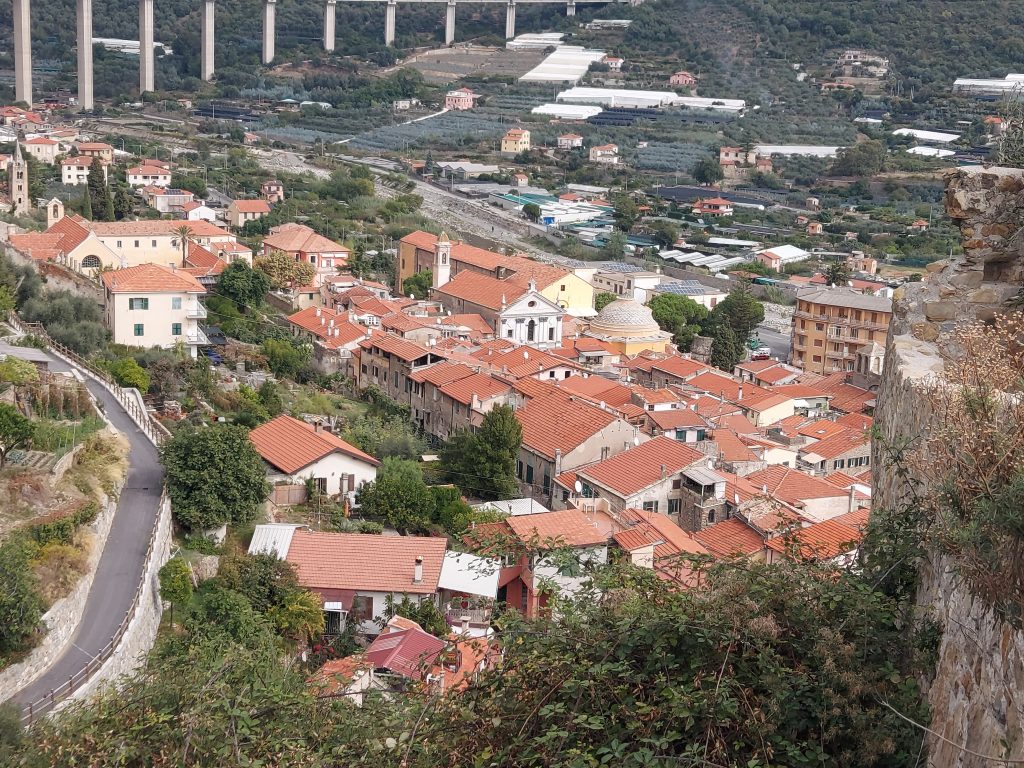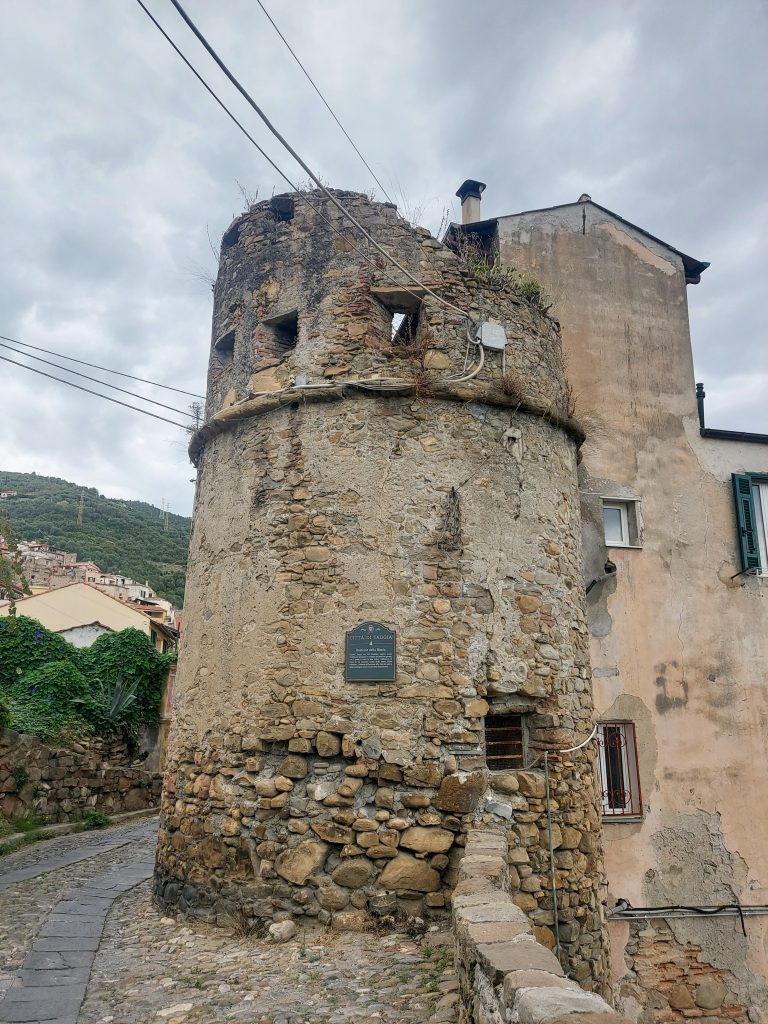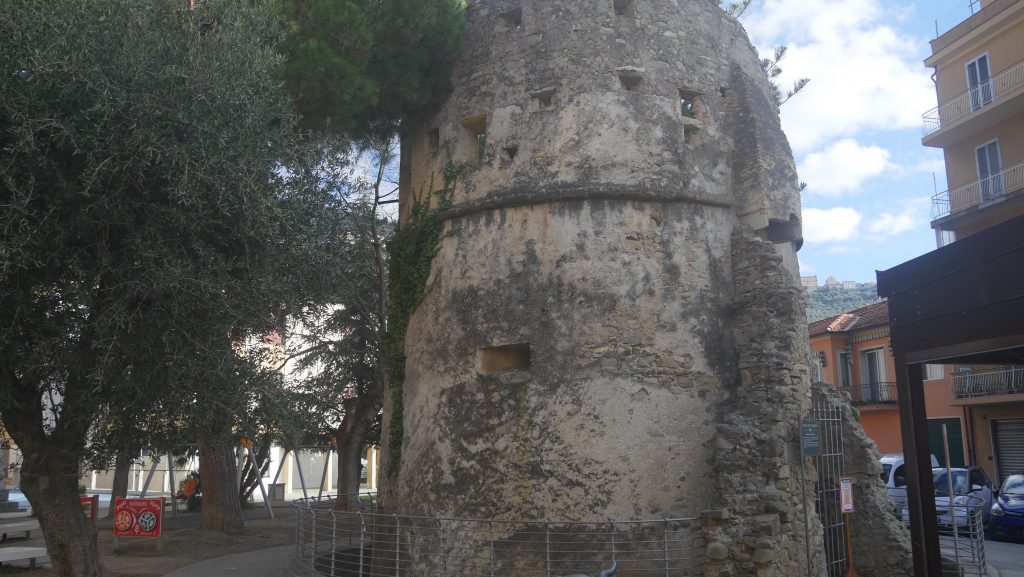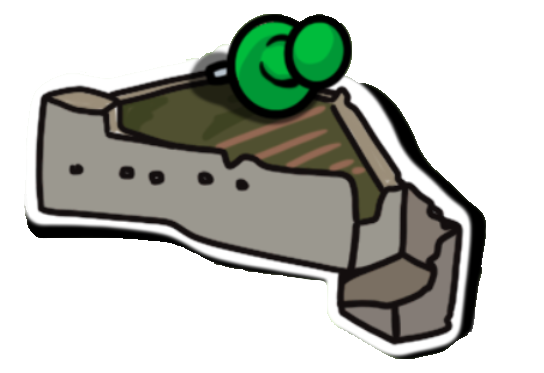
Il Castello, le Mura e i Bastioni
The legend
The time is somewhere between the 9th and the 10th century – a period in which pirate attacks are very frequent. In the months between May and October, the population is worried and lives in fear. The pirates could arrive at any given moment and raid the village, kidnapping men and women, and enslaving them. But one day, things did not fare well for the pirates.
Benedetto Revelli’s ingenious idea left them high and dry. After catching sight of their boats, he suggested lighting some bonfires and turning the village upside down, so that the Saracens would think that Taggia had already been plundered. Success! The boats moved away, and from that day forward, every year there is a holiday dedicated to Saint Benedict. On the second Saturday in February, Taggia is lit up by the light of bonfires and flying sparks. This holiday shows how powerful an impact the pirate raids had on people.
The Castle and the Walls
As a result, a couple of centuries later, a castle and city walls were built in Taggia. We are not exactly sure when the castle was built, and over the years it has undergone many modifications. We think it was built no later than the 12th century, during the Clavesana age, and that it belonged to Genoa in 1203. The Castle acted as a refuge for women and children in the event of pirate attacks. Looking towards the town from the castle, it becomes evident how the town developed: the residences start from just below the castle, with typical staircase alleys passing through, before continuing on up to the Argentina river. Taggia’s defensive system was built around three massive walls for protection and two bastions. To enter the town, one would have to go through the wall gates, each one with a different name related to the district it was in.
The Bastions
The first bastion that you encounter as you go down from the castle is the “Bastione della Biscia” (the Grass Snake Bastion), from which its bigger brother, “Bastione Grosso” (Big Bastion) can also be seen. The Bastione della Biscia served as a second point for the city’s first line of defence. The second bastion, which is bigger and further out from the town, is the “Bastione Grosso” or “dei Berruti”. It protects Porta dell’Orso (the bear gate) and the entire district. Considering that most danger came from the sea, that is where defensive forces were concentrated.
Photos
Video



